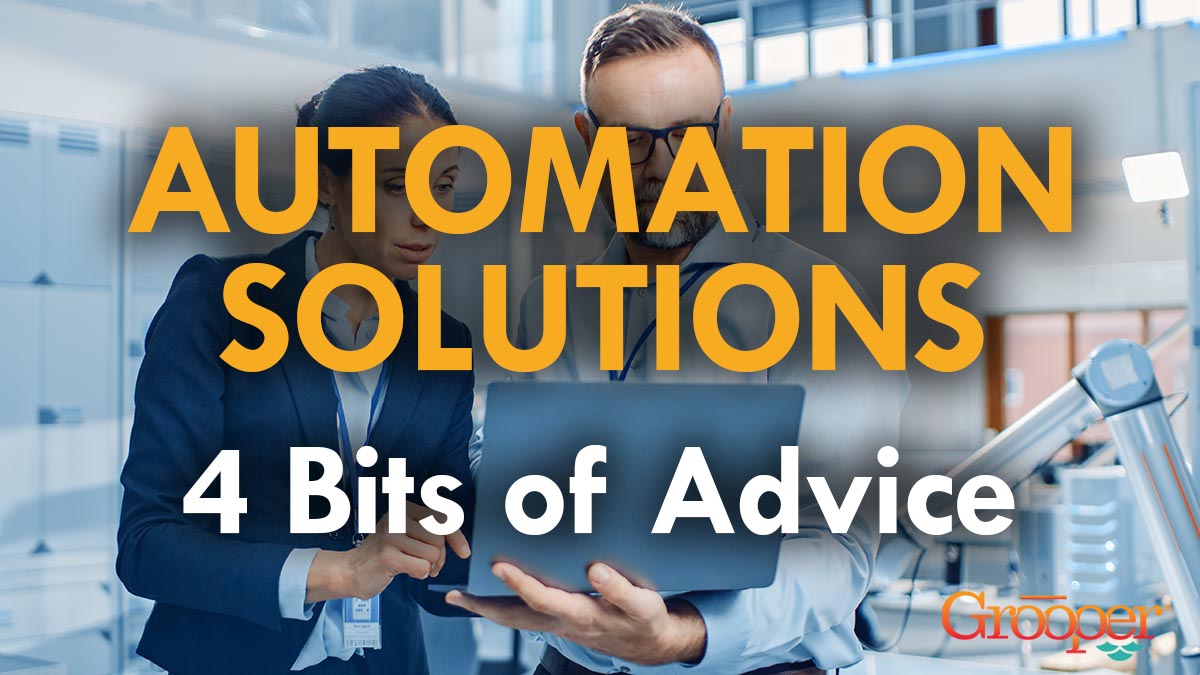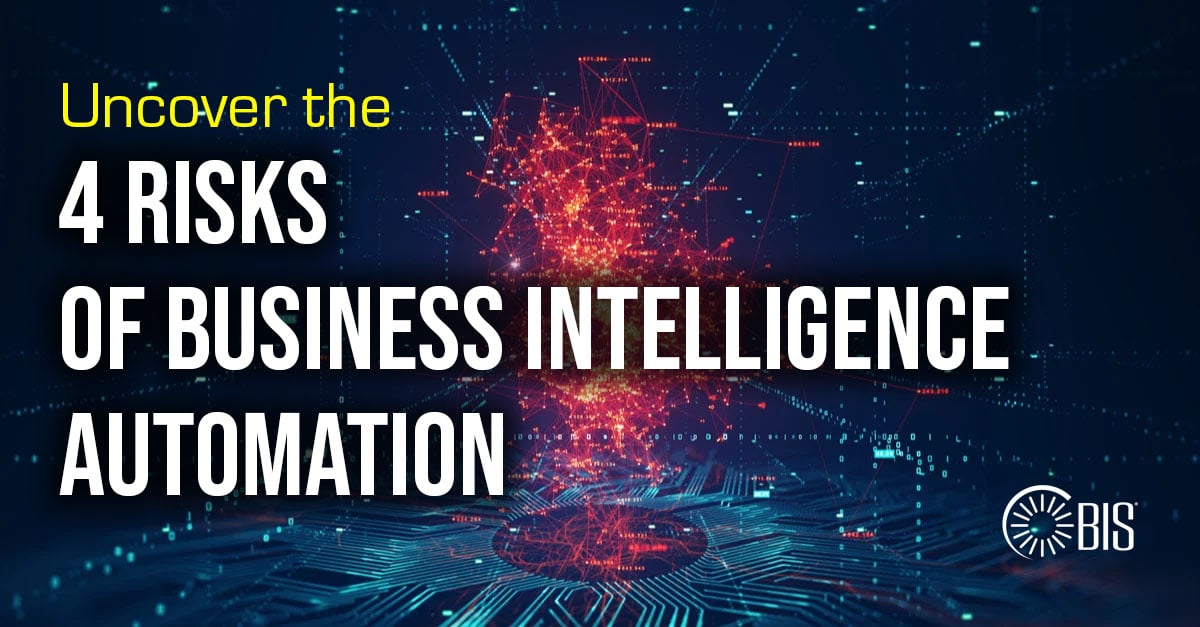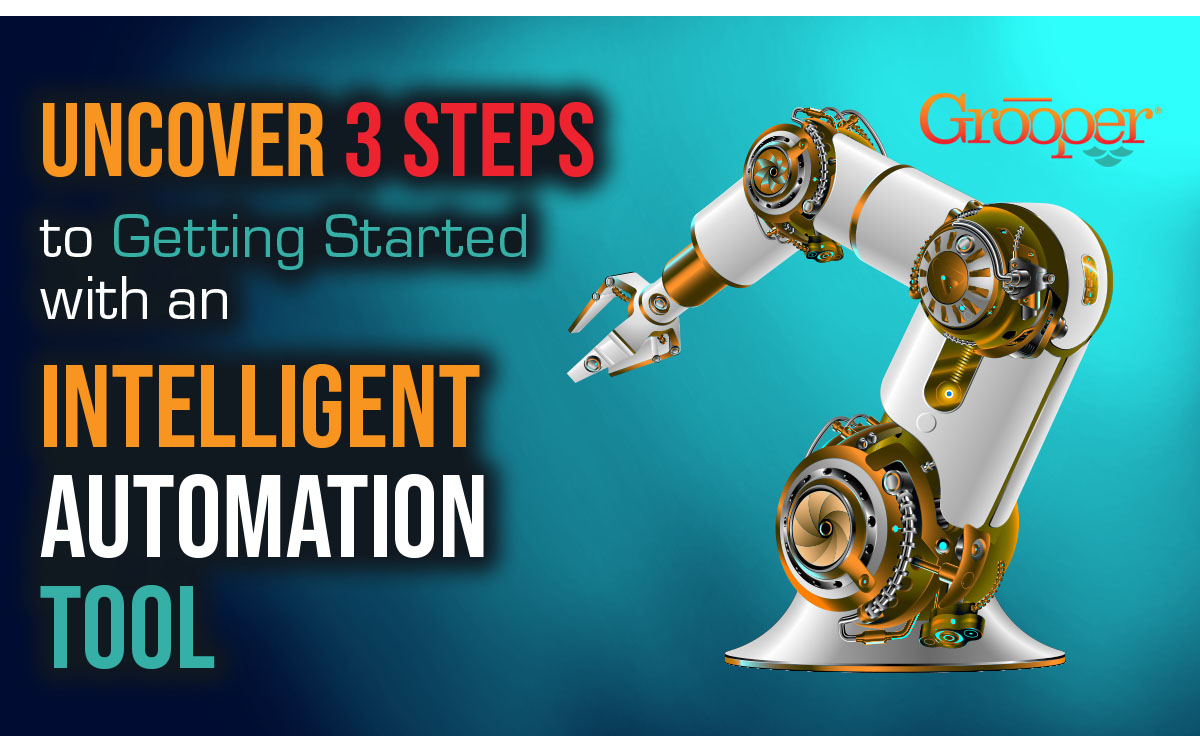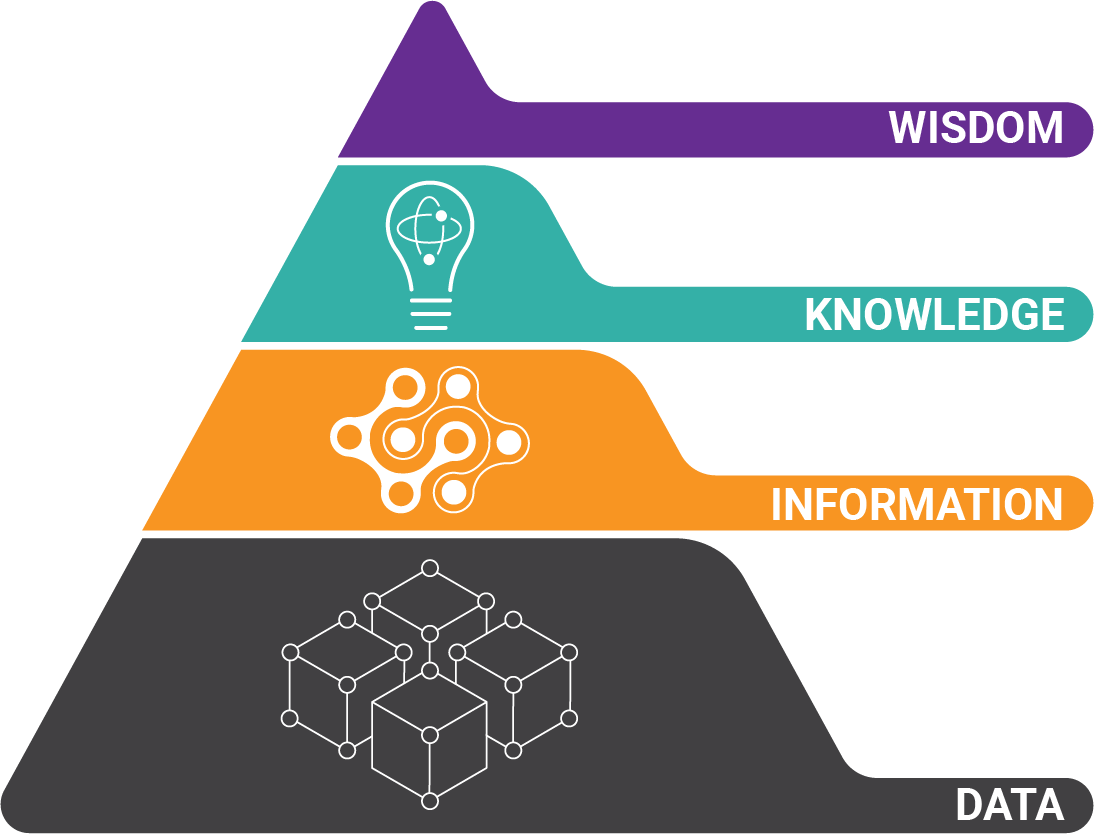Let’s face it, automation rules the day. Give me a problem, and I’ll show you how automation is the answer.
However, with the dizzying array of automation solutions available, finding the right solution the first time isn’t so easy.
I always say “the first time is the hardest time.” I’m going to share 4 tips from my personal experience that should make life much easier for you:
My 4 Tips for Choosing Automation Solutions:
#1: Take a Step Back and Align Tech Properly
You’ve decided you need an automation solution (or solutions). That’s great. But before you start scheduling demos and compiling RFI’s, take a step back and focus on the key business outcome you’re concerned about.
You need to start with the critical business problem and then work your way back from there. Your tech stack needs to align with your desired business outcomes, not the other way around. That seems obvious, but what we’ve seen happen so often is that automation projects are approached from a technology perspective first.
 And I’ll tell you right now, that by focusing on the business-case first, you will end up with an orchestrated portfolio of alternative business automation solutions. Unfortunately with enterprise automation, there’s no silver bullet and no single-point solution.
And I’ll tell you right now, that by focusing on the business-case first, you will end up with an orchestrated portfolio of alternative business automation solutions. Unfortunately with enterprise automation, there’s no silver bullet and no single-point solution.
Think About New Ways of Working
Your desired business outcome should include ideas like:
- New ways of working
- Additional services you’ll be providing
- New levels of engagement (both inside and outside your organization)
- New business outcomes that improve existing operations
In my opinion, the healthcare industry has some of the toughest challenges to solve. And it makes sense because modernizing these systems provides massive return on investment through better revenue cycle management.
First, clearly define what problems need to be solved, and the desired outcomes. Then next focus on automating the right process steps (rather than automating bad processes).
#2: Focus on the Right Processes
What's the most ideal process required to solve the business objective? Starting with the process ensures you focus on the right things first. What process steps need to be enhanced, added, or eliminated?
 Here’s where automation begins to take stage. For example:
Here’s where automation begins to take stage. For example:
- If you know early on in a process that you’re dealing with paper-based claims, you know you’ll need a solution to automate optical character recognition.
- If you're dealing with multiple login screens, you know you need RPA.
Let the process dictate the needs.
The best way to analyze processes is with the help of a business analyst (BA). Most seasoned vendors provide BA services during pre-sales and in implementation. They’ll ensure front-line workers are involved and help key business stakeholders define successful outcomes.
 Many times, in process redesign, you’ll discover ways of integrating internal and external data systems to completely remove steps that human workers used to perform.
Many times, in process redesign, you’ll discover ways of integrating internal and external data systems to completely remove steps that human workers used to perform.
In healthcare for example, institutions streamline eligibility processes by eliminating manual data entry / look-ups, or by automating tasks in financial reconciliations with data extraction and verifications.
#3: How to Choose the Right Tools for the Job
As a vendor in automated intelligence solutions, I’ll be first to tell you there’s a lot of shady sales propaganda out there!
And we’ve seen it all... From sweeping claims about A.I. that "can solve it all," to easy robotic process automation that tackles any manual task.
BIG TIP: The reality is that powerful business automation is actually extremely challenging.
Automation, done right, will involve multiple business automation solutions and technologies all working in harmony.
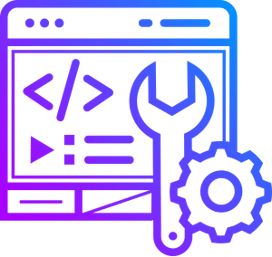 Don’t be too quick to pull the trigger on a one-size-fits-all solution. They don’t exist. You really need to partner with vendors who are willing to go on a journey with you.
Don’t be too quick to pull the trigger on a one-size-fits-all solution. They don’t exist. You really need to partner with vendors who are willing to go on a journey with you.
While outcomes may be similar within industries, the path to get there is always unique. I’ve found that the best outcomes come from a unified vision between the vendor and the customer.
Why You Need to Communicate Company-Wide
And the worst outcomes are certainly from mis-matched expectations and lack of adhering to a master data model. When multiple departments deploy solutions without communicating outside their own lines of business, it almost always spells trouble (or at the very least, missed opportunity).
The bottom line is that your organization’s executive team has got to be involved because automation solutions almost always requires redesign of core processes. What is the cost of failure? And what’s the definition of success in terms of revenue? You’ve got to be clear.
In order to choose the best tools, you need to understand a few key things:
#4: Remember These 3 Keys to Choose the Right Business Automation Solutions
Key 1: Your Workflow & The Human Element
What’s the intended workflow going to look like? You need a solid understanding of overall volume and the sources of information.
All too often we see technology "fail" because of something simple like a change in a form’s layout. Another big hang-up is workflow that changes based on logic or human decision-making. You’ve always got to factor in the human element.
Key 2: Your Data - It's Usually Hard to Get to
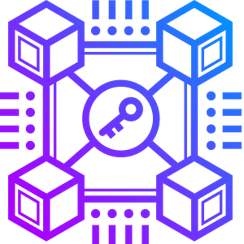 This is a big one. It is easy to assume that data is easy to get to. In reality, it most often isn’t.
This is a big one. It is easy to assume that data is easy to get to. In reality, it most often isn’t.
There’s always going to be the problem of how to handle unstructured or variable (changing) data sets. This includes data in the form of paper, video, and audio. You might have an ongoing digitization problem that needs to be solved.
Different or alternative business automation solutions have different strengths and weaknesses. By understanding your data needs first, you’ll reduce the risk of surprises later on.
Key 3: Your Systems - How to Integrate & Train?
How will you integrate or enhance legacy systems? Is a pre-built solution a better choice than building something using existing tools? What about alternative business automation solutions
I think the most overlooked considerations in system decision-making are the costs to train and implement the solution. You really need to consider?
- Is the training going to be painful?
- Will you need new specialist skill-sets to ensure success?
- If the solution uses machine learning, for example, will you be able to build a single rules-based model that doesn’t change? Or will you need to build new models on the fly?
A Few of My Final Thoughts on Choosing Automation Solutions:
By answering these kinds of questions you’ll be able to achieve much better alignment with your technology selections. Here are 3 final thoughts:
- You’ll need to plan to invest a significant amount of internal resources to ensure success. This is because many powerful automation platforms, including our own, are basically “blank slates” that require stakeholder input to achieve desired business results.

- Above all, build a culture that focuses on combining the best functionalities from multiple technology platforms to solve business problems in the best way possible.
- Commit to continuous improvement and proactively (and regularly) assess business processes and desired outcomes.
